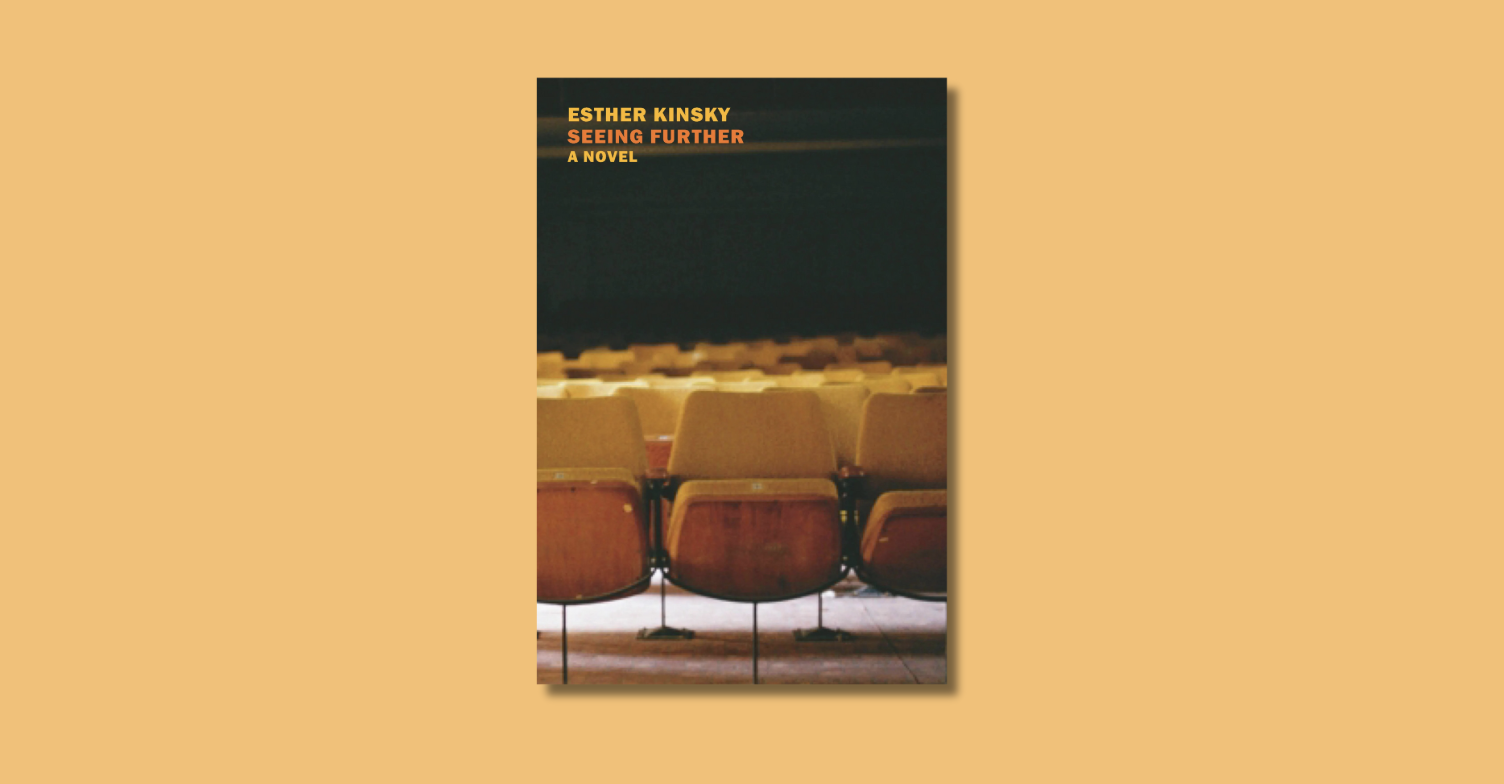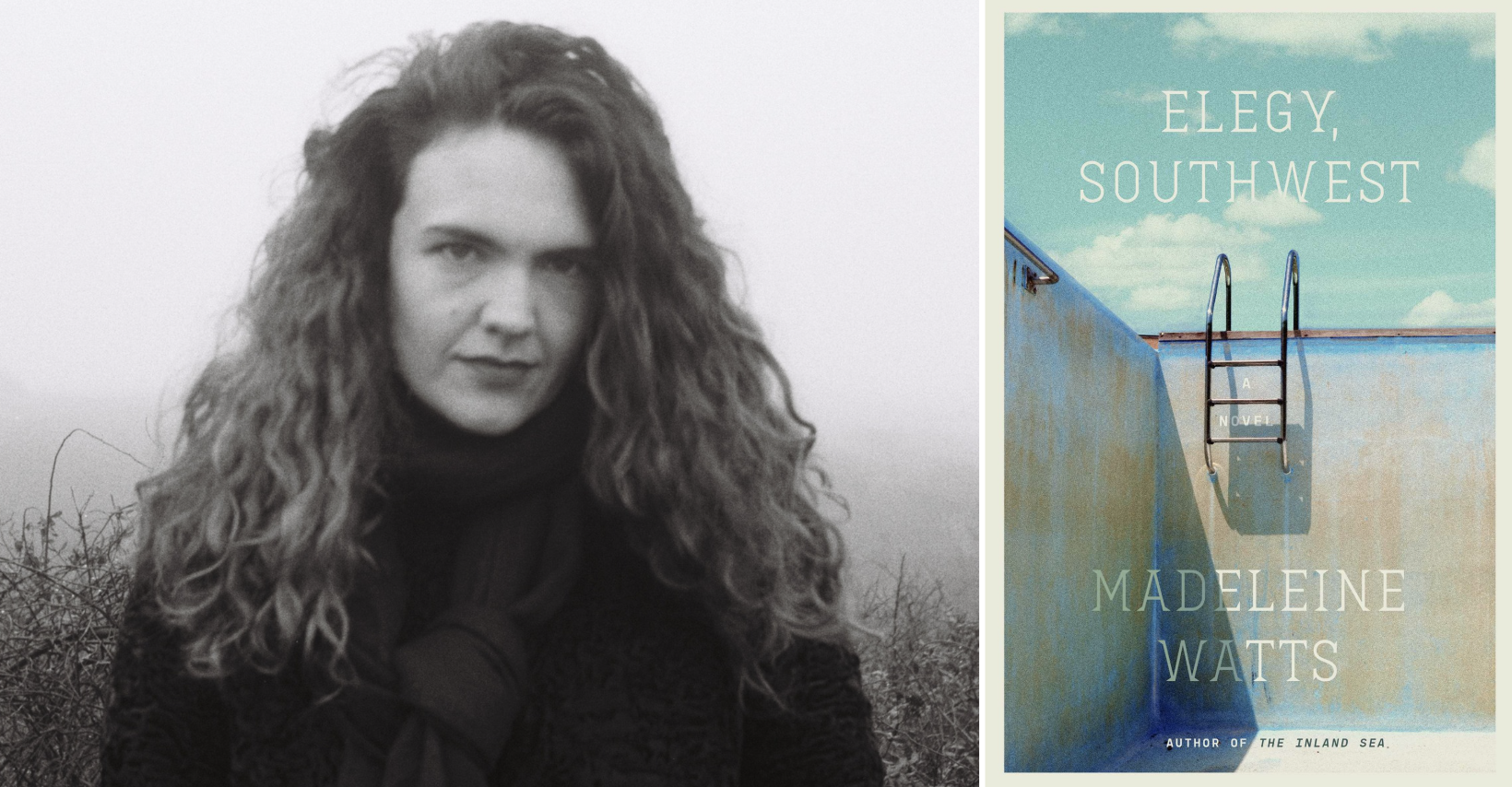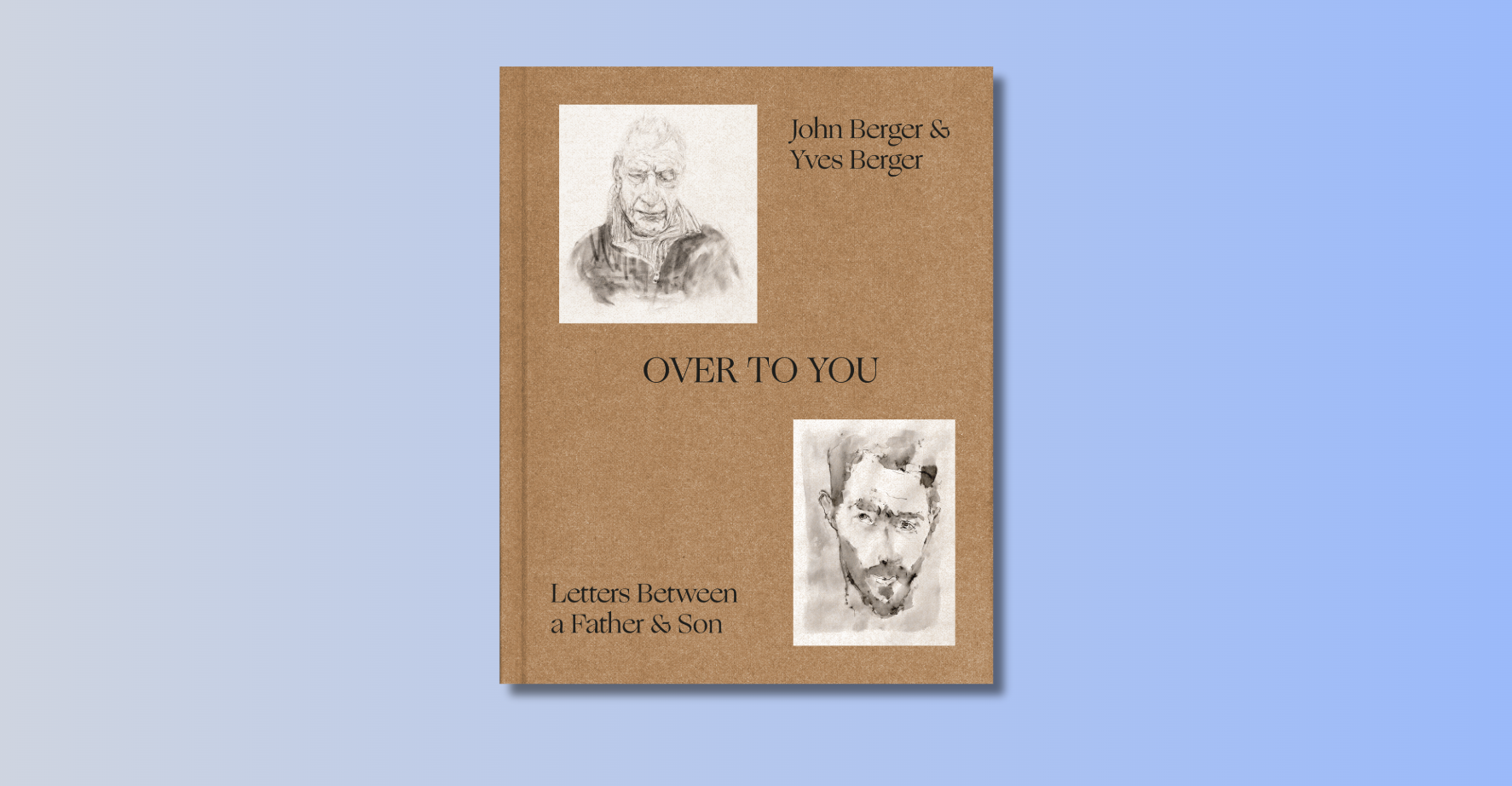“Riordan’s books prompt an uneasy interrogation of the premise underlying the ‘so long as they’re reading’ side of the debate—at least among those of us who want to share Neil Gaiman’s optimistic view that all reading is good reading, and yet find ourselves by disposition closer to the Tim Parks end of the spectrum, worried that those books on our children’s shelves that offer easy gratification are crowding out the different pleasures that may be offered by less grabby volumes.” In an essay for The New Yorker, Rebecca Mead considers questions about what children should be reading through the lens of the Percy Jackson series.








